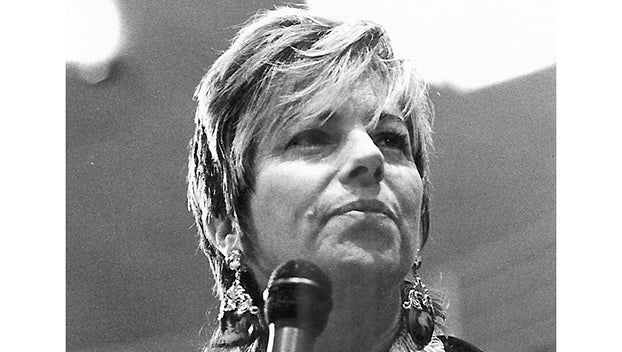Lumber business in Orange in 1906 had a delivery problem
Published 12:12 am Sunday, March 5, 2023
|
Getting your Trinity Audio player ready...
|
Timber and lumber is what made Orange great in the late 1800s and early 1900s.
The vast virgin pine and cypress forests along the Sabine River provided feed for sawmills and shingle mills and made millionaires, along with providing steady employment for hundreds of Orange residents.
In the latter months of 1906, there was a problem in the industry in Orange. The logs had been brought to the mills and the products had been made, but there they laid. There was a shortage of rail cars to haul the finished products from the mills to the buyers.
One railroad official in Houston had said, “You can’t put a quart of water in a pint jar.” He was referring to the fact that there was tonnage stockpiled and not enough cars to haul it to the buyers.
The mills had high demand and orders were coming in. Some sales managers said orders were coming in and were expected to continue and even get better. They just needed cars to get the products moving to the buyers.
On the waterfront, things were better. The barge Carl was at the Miller-Link Lumber Company wharves loaded with kiln dried lumber for C.B. Wilcox, lumber exporter from Lake Charles. The barge was waiting for a vessel to take the shipment to Galveston.
Miller-Link had sent away a towed cargo of sawn lumber for the W.A. Powell Company. The shipment was in Port Arthur to be loaded on a steamship destined for a foreign port.
Miller-Link had at their loading wharves a shipment of railroad material consisting of stringers and car sells destined for Mexico. The shipment was to be sent to Port Arthur as soon as a barge was available. From Port Arthur the shipment would be loaded aboard a vessel of the Mexican-American Line.
O.F. Duggan, a traveling freight and passenger agent of the Mexican-American Line, headquartered in Galveston, was in Orange for a week. He was meeting with lumber manufacturers who could furnish heavy tonnage for his company.
The Orange Lumber Company had a big order of finished lumber made up in several tows and ready to ship as soon as a vessel to carry it reported to Port Arthur.
A.G. Lund of the Root River Lumber Company of Racine, Wisconsin, was in Orange for a week visiting with lumber manufacturers. Lund was in the market for wagon bottoms. He placed several large orders while in Orange.
C.B. Wilcox, the lumber exporter from Lake Charles, was in Orange for a day looking to fill orders for sawn timbers and kiln dried lumber. Wilcox was a frequent visitor to Orange and shipped orders from Orange mills.
A new barge was launched at the Weaver Shipyard for C.H, Hudgins of Velasco. The barge took on a cargo of 30,000 feet of lumber and 40,000 shingles for the A.E. Smith and Sons Lumber Company. The barge was towed to Sabine Pass and there it would be attached to a sea-going tug and towed to Velasco.
The barges Nicaragua and Mexico, owned by the Lutcher and Moore Lumber Company, were sent to Port Arthur loaded with export lumber to be loaded as cargo onto the steamship Claremont for Robert Morgan Jr.
When the barges returned to Orange they were moored at the loading wharves to be made ready to receive new cargo.
The Lutcher and Moore barges Panama and Sabine were being loaded with export material to become part of the cargo of the steamship Transit. The ship was going from Port Arthur to a foreign port.
Lutcher and Moore was loading the barges Perry and Neros with material for shipment to Mexico. The cargo would be loaded on a vessel of the Mexican-American Line.
“And now you know.”
— Written by Mike Louviere






